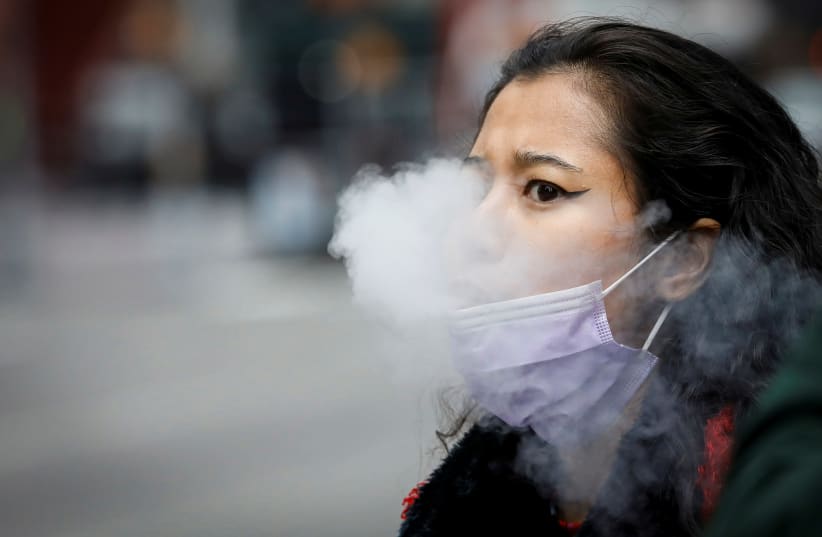A new study conducted by researchers at Thomas Jefferson University in Philadelphia found that exposure to e-cigarette vapor increases levels of the coronavirus receptor in the lungs of mice, with nicotine enhancing that increase in male mice.
Using the spike protein on its surface like a key, the novel coronavirus binds to the angiotensin-converting enzyme 2 (ACE-2) receptor found in the lining of our airways, and unlocks its path into our lung cells.
“It’s been shown that cigarette smokers have higher levels of ACE-2 in their lungs and that smoking is a known risk factor for developing lung disease and infection,” says Pawan Sharma, PhD and co-senior author of the study.
“We wanted to see if a similar effect is seen with e-cigarettes or vaping, and whether any effects observed are different between male and females,” Sharma said.
In the study – which was published in Journal of Investigative Medicine in late April – researchers housed female or male mice in a box attached to an automated system that delivered precisely controlled amounts of e-cigarette vapor, with or without nicotine, for 30 minutes, twice a day, for 21 days.
Compared to a control group of mice that breathed normal room air, mice exposed to e-cigarette vapor had inflammation of their lung tissue and reduced lung function, seemingly confirming the potential dangers of vaping in humans.
Harmful effects were observed whether or not nicotine was added to the vapor, pointing to the inherently harmful nature of the chemicals found in e-cigarette vapor.
However, when nicotine was added to the vapor, the increase in ACE-2 was enhanced "to a significantly greater degree" in male mice, the study states.
This study is the first to demonstrate a potential sex-difference in the effects of vaping and nicotine exposure in vivo – meaning, the first to be tested on a whole, living organism.
“Our findings provide rationale for looking at the effect of vaping on ACE-2 levels in the lungs of humans,” said Sharma. “If a similar induction of ACE-2 is seen, it provides further evidence for vaping being a risk factor for COVID-19 and can help us understand how to prevent and mitigate infection in this population.”
Last August, a study done by researchers at the Stanford University School of Medicine suggested that vaping may be associated with a five to seven times increased risk of COVID-19 among US teenagers and young adults.
That same month, a CNN survey of fifteen states found more than 120 cases of lung disease or injury that can be linked to vaping and e-cigarettes.
Research also shows a higher COVID-19 mortality rate in men compared to women, and men are more likely to vape than women. However, there is currently no evidence to link these two observations.
